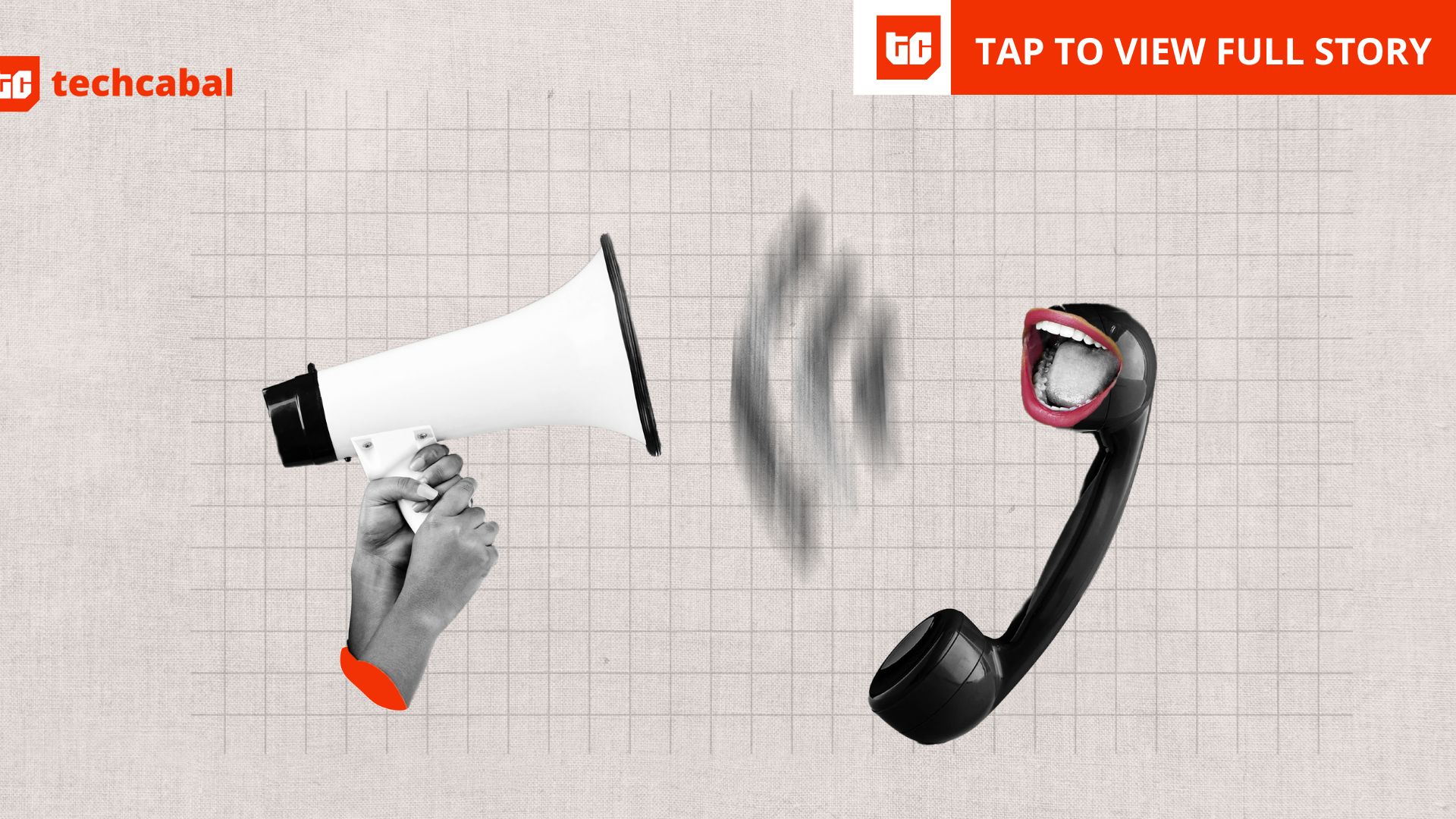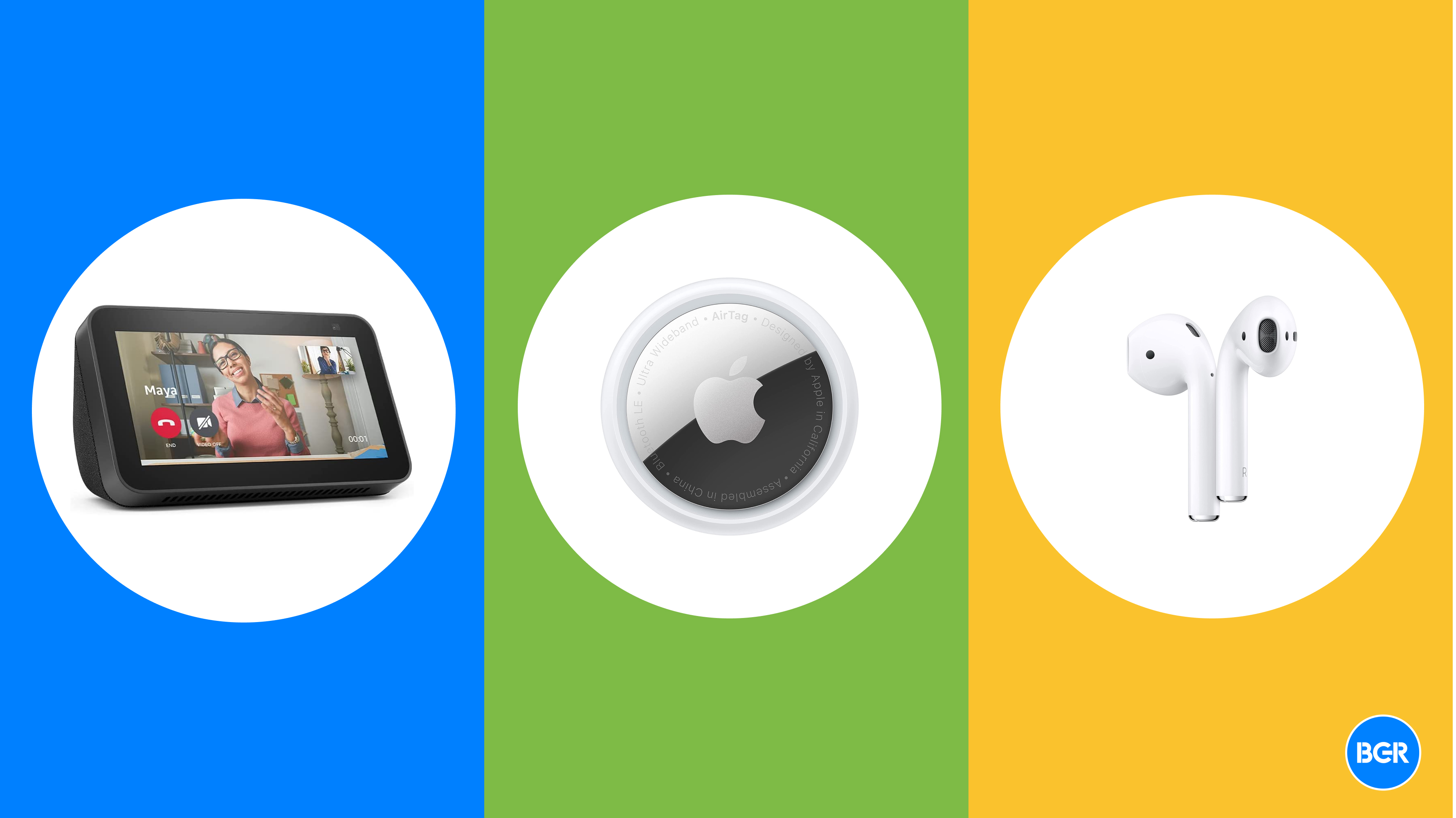Apple has just launched its first iPad mini in three years. The smallest iPad has always held a special place: small enough to fit in a jacket pocket, with a display that’s much higher-resolution than other iPads. I’ve been using the new model since it was first announced by Apple last week. How has performance changed? What does it look like? And has the infamous “jelly scrolling” effect from the previous version been fixed? Here’s all you need to know.
Apple iPad mini with A17 Pro.
Apple iPad Mini: Design And Display
The last mini arrived in 2021 and it was the first smaller iPad to be an all-screen device, meaning it took the Touch ID home button from the front of the tablet and mounted it in the power button on the edge.
It also added the flatter, cliff-edge design which is now on all iPads, and increased the screen size from 7.9 inches to 8.3 inches, without significantly increasing the size of the device overall.
All of these design changes have continued to the new model — in other words, the seventh-generation model looks almost identical to the sixth-gen device it replaces. There are two visible differences, one big, one small.
The new iPad mini in blue finish.
The big difference comes in the form of a refreshed color range. Alongside the space gray and starlight stalwarts from the previous model, there are two new colors: purple and blue. Both are quiet and understated. The blue is particularly attractive, a solid and reliable-looking shade that’s both professional and relaxed.
The small difference is only found on the models with cellular connectivity and it’s a change that brings it into line with iPad Air and iPad Pro: there’s no SIM card tray. Instead, you must sign up to an eSIM if you want to be connected to the internet outside Wi-Fi.
The new design, in other words, is the last iPad mini’s design. This is not a bad thing, and it remains a handsome, exceptionally portable device.
When Apple moved the Touch ID button on the iPad mini to the edge of the tablet three years ago, it meant there was more room for display on the front.
Apple iPad mini with A17 Pro in Smart Folio, plus Apple Pencil Pro.
The extra screen real estate was welcome but some users complained that there was an unfortunate visual effect where one half of the display updated more slowly than the other, called jelly scrolling.
While the hardware is unchanged on the latest model, optimized software means this disconcerting look has now vanished. This leaves the 8.3-inch screen with high pixel density, 326 pixels per inch instead of the 264 ppi on other iPads. It also has faithful colors which look tremendous on the rich, detailed screen.
It’s a great display, though if there’s a downside it’s that it only has a 60Hz refresh rate, unlike, say, the iPad Pro, which has a display with variable refresh rate (Apple calls this ProMotion). It has a slicker effect, for instance, allowing smooth, judder-free gliding through menus.
There’s another unseen change in this tablet: memory on board has changed. The last mini had 64GB of storage but this has now jumped to 128GB. There’s also a model with 256GB, as there was last time around, and Apple has now introduced a higher storage level for the first time: 512GB.
iPad mini with A17 Pro, plus Apple Pencil Pro.
The new iPad mini is compatible with the company’s most advanced stylus, the Apple Pencil Pro (though it also works with the more affordable Apple Pencil with USB-C).
Apple iPad Mini: Performance And Battery Life
Apple’s A17 Pro is key to the essence of this tablet’s upgrade. To make that clear, Apple is calling it the iPad mini with A17 Pro, not iPad mini seventh-generation. The chip update means that it’s capable of running Apple’s take on AI, called Apple Intelligence, which arrives soon.
This will have lots of features on board, from tools to help with writing to a summarization feature for emails, for instance.
Apple has said that the first Apple Intelligence features will go live later in October, with more coming later in the year and early 2025. While these new ways to use the tablet could be remarkable, it’s hard to know until they’re here just how good they will be. The A17 Pro processor was first seen on the iPhone 15 Pro, and is a big step up from the A15 Bionic chip in the last iPad mini.
In terms of performance, it’s clear that the new tablet is fast and effective, with apps opening instantly and sustained responsiveness across the board, for instance.
Like all previous iPads of every size, the new mini has battery life of around 10 hours — Apple has always maintained battery life whatever extra demands have been placed on the tablet because of new features. We’ll need to wait and see if Apple Intelligence will affect this.
Apple iPad Mini: Should You Buy It?
Apple iPad mini with A17 Pro.
There’s no doubt the new iPad mini is the best small tablet Apple has made. While it’s pricier than the larger-screened iPad, the mini has always had a more niche feel to it, designed for those who want the lightest, smallest tablet but are unwilling to sacrifice power just because it’s more compact and the new A17 Pro chip here promises strong efficiency.
It’s also for those want a higher-resolution screen than even the iPad Pro can offer. The previous issues with the display are fixed, so the new tablet looks great. And while it’s capable already, the iPad mini will be even better when Apple Intelligence arrives, starting in a matter of days.







/cdn.vox-cdn.com/uploads/chorus_asset/file/25840693/how_it_works4.png)

